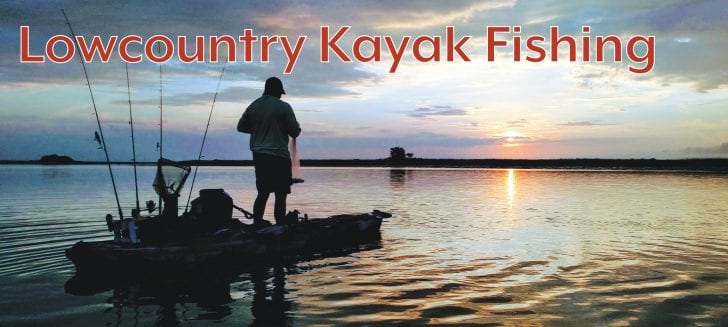As the waters warm in May and June, flounder begin to migrate back to many of their inshore haunts and the hunt begins for the master of camouflage and ambush.
Flounder are uniquely adapted with both eyes located on one side of its body and the ability to alter its coloration to mimic the ocean floor.
Good spots to look for flounder are on the down current side of oyster mounds
Being an ambush hunter, flounder will take up spots where bait flows to them in the current.
Good spots to look for flounder are on the down current side of oyster mounds that extends out from the grass lines and along and in holes or cuts in creek bends or in front of creek openings.
Flounder tend to be a schooling fish, so if you catch one, slow down and fish the area thoroughly there will be other flounder around 9 times out of 10. As the water warms a good spot to find flounder are on the edges of holes.
They will sit on the edges ambushing bait and dive into the hole if the water temperature spikes, if you catch a flounder in a spot like this fish the area hard for at least 30 more minutes because flounder will stack up on top of each other and there is likely three or four more in the same spot.
Flounder will bite fairly quickly if they are there and the bait is presented in the right spot. But if after 20-30 minutes of hard fishing you have caught nothing it’s time to move onto the next spot.
When you catch one, take notice of the flounder’s color, if the white spots on their top are bright then this flounder is most likely on the move.
When you catch a flounder that is nearly solid brown with very dull, nearly invisible white spots—this fish is probably laying on the bottom with his buddies and making another drift through the area is a good idea.
Flounder feed on glass minnows, peanut pogies (small menhaden), finger mullet, minnows and shrimp and will hit any of these or a great a number of artificial baits that imitate these bait fish.
My personal favorite for targeting flounder is a 3” Gulp shrimp on a 1/8-3/8 oz jig head, the scent draws them in and the lighter weight jig head allows me to bounce the bait along the bottom in the current easily.
When fishing with live bait I will use either finger mullet (when I can net them) or mud minnows on a simple Carolina rig.
The one thing that you have to remember to increase your chances to catching a flounder is to wait before you set the hook.
Give yourself a good long 5 count after the first tug before you set the hook
Because of the shape of the flounder’s mouth it takes a little bit of time for it take and eat your bait, if you hook set on the first tug you feel you will most likely lose the fish.
Give yourself a good long 5 count after the first tug before you set the hook, this will increase your chances of hooking that flounder tugging on your bait.
Remember that the minimum length to keep a flounder is 15 inches and the limit is 10 per licensed angler per day—a recent enough increase that it merits repeating.
Please only take what you can eat for dinner or better yet, capture the moment with a picture and let the fish go to catch another day.
For those readers participating in the Lowcountry Kayak Anglers Angler of the Year competition, flounder is the target fish for the month of June, remember to check the LKA Facebook page for this months AOY identifier and full details.
Good luck and tight lines!
Mike Kohler
Tournament Director, Lowcountry Kayak Anglers
You may enjoy reading Kayaks & Bedded Bass




